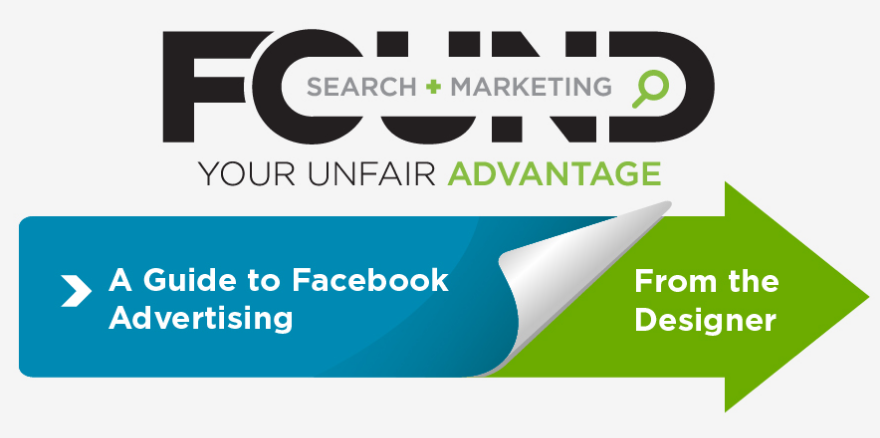How to Get Started with Facebook’s Campaign Budget Optimization (CBO)
Every digital marketer running Facebook Campaigns loves the idea of better performance and higher ad ROI. To help improve ROI, Facebook released the Campaign Budget Optimization (CBO) algorithm. It saves you time, leverages machine learning, and can generate more leads but the challenge lies in getting started. Let’s dive in and learn more about Facebook’s CBO.

What is Facebook’s Campaign Budget Optimization (CBO)?
Facebook’s CBO is an algorithm that will allocate budget across all ad sets so you get the most leads at ideally the lowest acquisition cost. Using CBO will maximize the spend on ad sets that are performing well and minimize budgets on the ad sets that are underperforming. Users can set spend limits with a daily or lifetime budget.
But before diving headfirst into something new, it is important to take the time to prepare.
This is true when traveling to a new place, picking up a new skill, and launching a new Facebook Ads campaign. Facebook has a relatively seamless way to project audience size and ad set spend and performance.
However, now that campaign budget optimization is the recommended Facebook bid strategy, there is still no clear-cut way to project campaign performance or spend potential in the UI.
Luckily, there are other ways to do projections before you take the leap on a new campaign or budget increase. Let’s step through some easy tactics for you to use to get comfortable with CBO and get a better sense of performance upside.
Use an Existing Campaign
One option for new CBO campaign estimates is to identify an existing campaign that will likely perform similarly to your new campaign. The campaign structure, number of ad sets, objective, audience sizes, creative, and placements should all be similar to your planned campaign. Using the current performance of this campaign, estimate the spend and performance for the new campaign.
Use Ad Set Level Projections
Another option is to pull ad set level estimates and combine them to project campaign performance. The Facebook algorithm should give you the best balance of spend between your ad sets. However, Facebook by design favors ad sets with larger audiences over smaller ones, even if the smaller audience performs better. This strategy works best for campaigns with ad sets that have similar-sized audiences. To get ad set level projections, follow these steps:
- Create a new campaign draft with the same settings you would use for a real campaign. Use ad set level budgets, not CBO.
- Create an ad set draft with the same settings you would use for a real campaign.
- Once you’ve set up your settings and audience targeting, you should see estimated daily results that outline daily reach and conversion ranges on the right-hand side. If you change your ad set level budget, these values will change.
- At times, there will be an Estimated Daily Leads graph under the Budget & Schedule section. You can click different points on the graph to see estimated leads for different spend campaign levels.
- Save your audience and screenshot the projections. Then change the audience for any additional projections needed. Repeat steps 2-5 as needed.
- When done, delete the campaign draft.
Use Campaign Planner
A third option is to use the campaign planner to estimate performance for your CBO campaign. Again, this will not give you spend allocations for different ad sets though. This will also only give you impression, reach, and frequency estimates, so you will need an expected click-through rate (CTR) and conversion rate (CVR) to estimate clicks and conversions. Also, these estimates are for Reach & Frequency campaigns, so they may not be the exact same results as you would see with auction buying. To use campaign planner, follow these steps:
- From the Business Manager home screen, navigate to the top left corner of the screen and click the 3 lines. Scroll down and under Advertise, choose Campaign Planner.
- Click the green Create Plan button.
- Create your plan, being as detailed as possible.
- Once you create your plan, it will show you expected results – this is your expected number of impressions. Multiply your projected impressions by your expected CTR to get projected clicks. Multiply your projected impressions by your expected CTR to get projected clicks. Multiply your projected clicks by your expected CVR to get projected conversions.

Budget Increase Projections for Existing Campaigns
When determining if you should increase the budget for an existing campaign, there are a few things to consider.
What is your average frequency?
Although frequency and poor performance do not always go hand-in-hand, once people have seen your ads so many times, they aren’t as likely to convert in many cases. Although there is no hard rule, generally once frequency hits 5 or 6, you need to be looking into ways to refresh your audience, creative, or both, and you should not be increasing your budgets.
What percent of your audience has been reached?
If you have reached your entire audience, then you likely do not want to increase your budget. To see what percentage of your audience has been reached, use the inspect tool at the ad set level (under your ad set name, select Inspect). Scroll down to the Audience Saturation section. Set the date range to the lifetime of your campaign or the time frame you care to learn about. In the same section, you can view your First Time Impression Ratio, which allows you to see what percentage of your impressions are from people seeing an ad from that ad set for the first time. Both of these numbers can give you an idea of if increasing your budget will help you reach new audience members or just increase your frequency of showing to audience members who have seen your ads before.
Can we tolerate a higher CPL?
There are certainly times when increasing Facebook budgets can lead to lower CPLs. For example, if the extra budget allows an ad set to exit the learning phase, then performance could improve. However, there comes a point of diminishing returns, which is different for every campaign. If your average frequency is high and/or your percent of audience reached is high, then you likely will see a higher CPL when increasing your budgets. Consider whether this will negatively impact the profitability of your campaign before increasing budgets.
—
Although there is no perfect way to project the results of your CBO campaign, Facebook does provide tools to help us put together educated projections. It is a mystery whether Facebook’s Estimated Daily Results will ever work with CBO or not, so until then we will continue to look for ways to provide the most accurate projections for our paid media clients.
Sources & Helpful Guidelines
You May Also Like
These Related Stories

Increase Leads / Conversions on Facebook Using Emojis

Game-Changing Facebook Advertising Tips [Infographic]

No Comments Yet
Let us know what you think